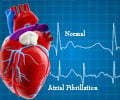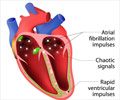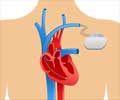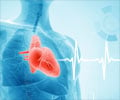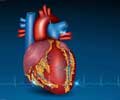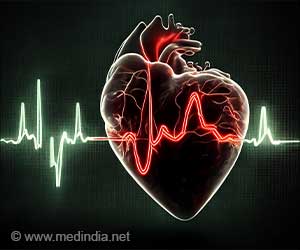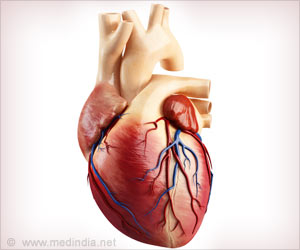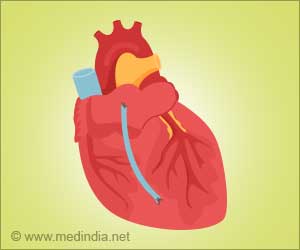Atrial fibrillation impairs quality of life, causes cognitive decline and dementia in those affected. The European Society of Cardiology (ESC) has laid down certain guidelines for diagnosing and managing atrial fibrillation.
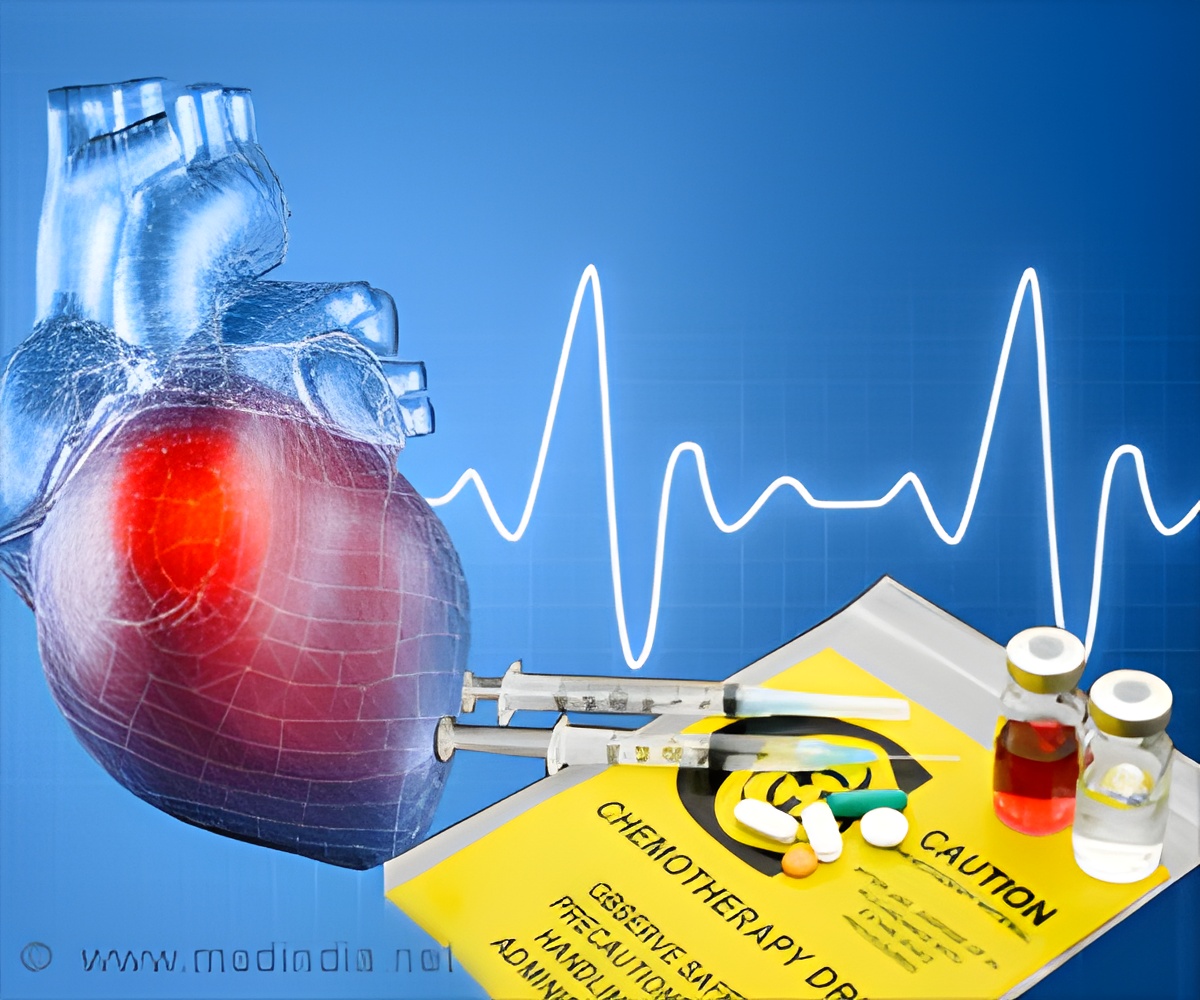
‘Atrial fibrillation increases the risk of death in women by twofold and in men by 1.5-fold. The European Society of Cardiology guidelines advocate anticoagulant medication use, better symptom management, and optimization of associated co-morbidities like diabetes and hypertension.’
Read More..




"Patients want to be involved in decisions about their care and their preferences should be respected," said Professor Gerhard Hindricks, Chairperson of the guidelines Task Force and medical director of the Rhythmology Department, Heart Centre Leipzig, Germany.Read More..
It is estimated that one in three Europeans will develop atrial fibrillation. It is associated with a twofold increased risk of death in women and a 1.5-fold increase in men. People with atrial fibrillation are twice as likely to be admitted to hospital as their peers without the condition.
Symptoms include palpitations, shortness of breath, fatigue, and difficulty sleeping. Up to one in five patients are depressed. More than 60% of patients report significantly impaired quality of life, while cognitive decline and dementia are around 50% more likely than in the general population.
The guidelines advocate the Atrial fibrillation Better Care (ABC) pathway. 'A' (Anticoagulation/Avoid stroke) involves anticoagulation medication to prevent stroke except in patients at low risk. 'B' (Better symptom management) refers to controlling heart rate and heart rhythm with medications and procedures. 'C' (Cardiovascular and Comorbidity optimisation) is management of other conditions such as high blood pressure and lifestyle - for example smoking cessation, improved nutrition to lose weight, avoiding excess alcohol, and moderate intensity exercise.
An individualized care plan should be agreed after patients and their family discuss the advantages and limitations of each treatment option with an interdisciplinary team including cardiologists, nurses, and psychologists. Success of treatment from the patient's perspective should be assessed by routinely collecting information on quality of life, symptoms, cognitive function, and ability to work and be physically active. Prevention of stroke is a vital part of treatment.
Advertisement
Athletes are around five times more likely to develop atrial fibrillation during their lifetime compared to sedentary individuals. Endurance sports such as running, cycling, and cross-country skiing carry the highest risk. Professional athletes should be advised that long-lasting intense sports participation may promote atrial fibrillation. Contact sports should be avoided in patients on oral anticoagulants due to the risks of bleeding.
Advertisement
Opportunistic screening is advised for people aged 65 and over and for people with high blood pressure, who should have their pulse taken or undergo an electrocardiogram (ECG). Individuals should be informed about the treatment implications of detecting atrial fibrillation. Those who test positive should be referred to a physician to confirm the diagnosis.
"People with unhealthy lifestyles are more likely to develop atrial fibrillation," said Professor Tatjana Potpara, Chairperson of the guidelines Task Force and head of the Department for Intensive Arrhythmia Care, Clinical Centre of Serbia, Belgrade. "Risk can be reduced by lifestyle modification - for example, weight control, and moderate physical activity."
Source-Eurekalert

